Optimal Timing for Wood Rot Repairs
Understanding the optimal timing for wood rot repairs can enhance the longevity and effectiveness of the treatment. Typically, the best time to perform repairs is during dry, mild weather conditions, which allow for proper drying and adherence of repair materials. Avoiding periods of high humidity, heavy rain, or extreme temperatures helps prevent future moisture intrusion and mold growth.
These seasons offer moderate temperatures and lower humidity, ideal for wood repair projects. Dry conditions help ensure proper curing of treatments and prevent moisture-related issues.
Late summer can be suitable if weather conditions are dry. However, high humidity and rain can interfere with repair processes, so timing within this season should be monitored.
Winter is generally unsuitable due to cold temperatures, snow, and high moisture levels, which hinder proper drying and repair adhesion.
Local climate plays a significant role. Regions with high rainfall or humidity should plan repairs during the driest months to ensure effectiveness.

Properly timed repairs during spring prevent moisture buildup and extend wood durability.
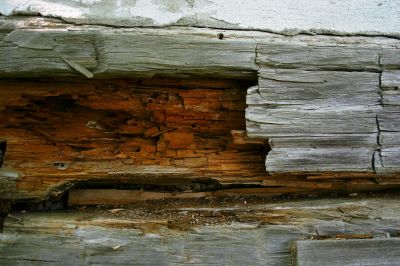
Performing repairs during dry seasons minimizes moisture issues and enhances treatment adhesion.
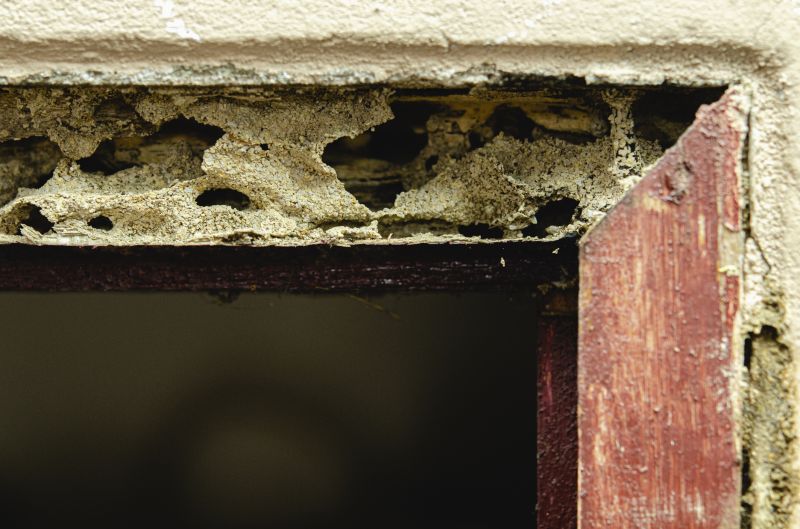
Addressing wood rot before winter helps prevent further damage caused by moisture and cold temperatures.
| Season | Recommended Conditions |
|---|---|
| Spring | Moderate temperatures, low humidity, dry weather |
| Summer | Dry periods, avoid high humidity or rain |
| Fall | Mild weather, avoid early winter cold |
| Winter | Not recommended due to cold and moisture |
Wood rot repairs involve removing decayed wood, treating affected areas, and replacing damaged sections to restore structural integrity. Proper timing ensures that repairs are effective and durable. Moisture control is critical, as wood rot is caused by prolonged exposure to moisture, fungi, and decay agents. Regular inspections and timely repairs can prevent extensive damage and costly replacements.
Statistics indicate that addressing wood rot early can reduce repair costs by up to 50%. Properly timed repairs also decrease the likelihood of future infestations and structural failures. Using appropriate materials and techniques during optimal weather conditions enhances the longevity of repairs, safeguarding the integrity of wooden structures.
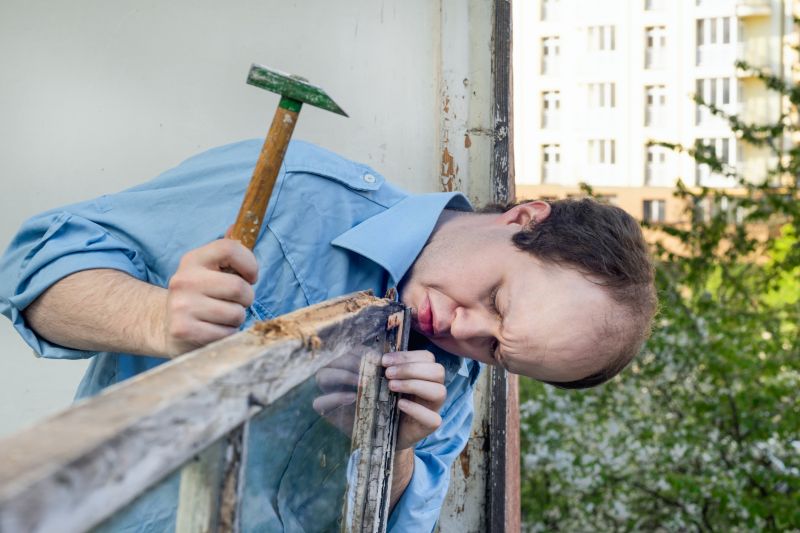
Step-by-step repair involves removal, treatment, and replacement, best performed during dry conditions.
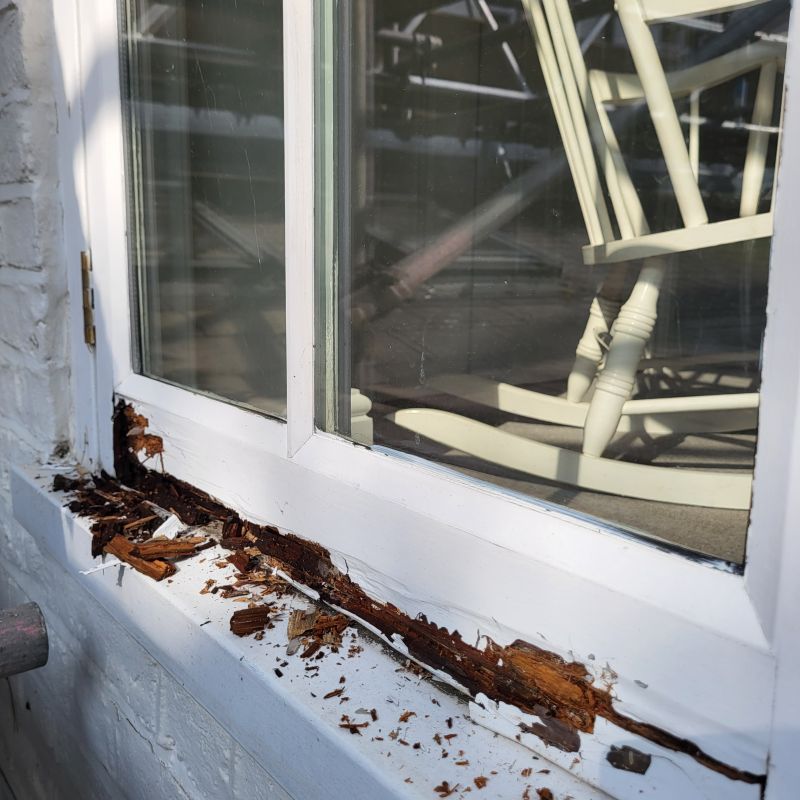
Visual comparison of wood rot repair highlights the importance of timing and proper treatment.
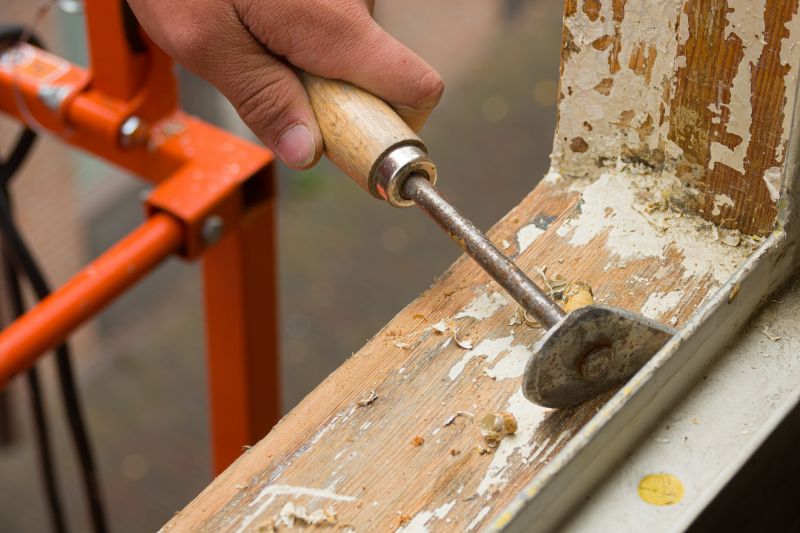
Using the right tools during optimal weather ensures effective and lasting repairs.

Properly completed repairs during ideal conditions provide durable results.
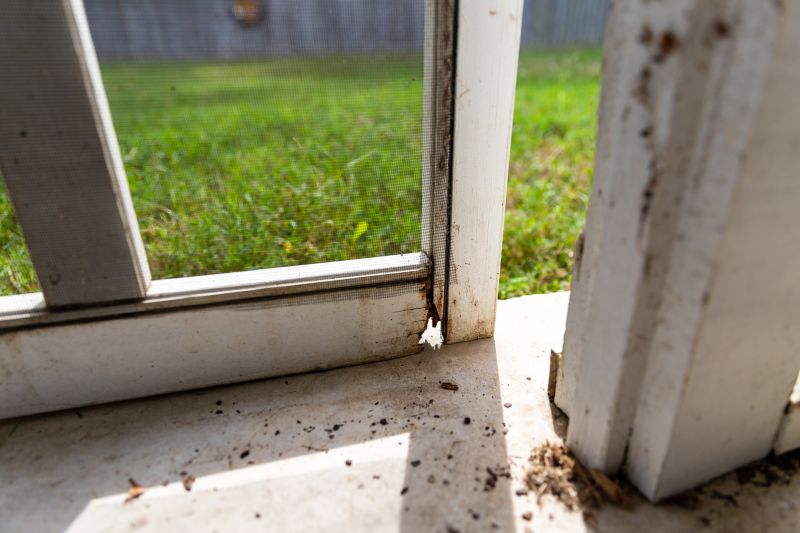
Ways to make Wood Rot Repairs work in tight or awkward layouts.
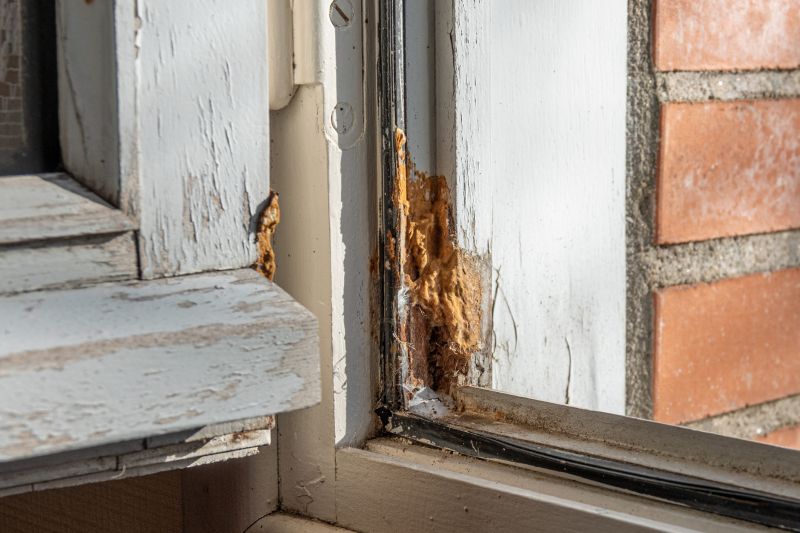
Popular materials for Wood Rot Repairs and why they hold up over time.
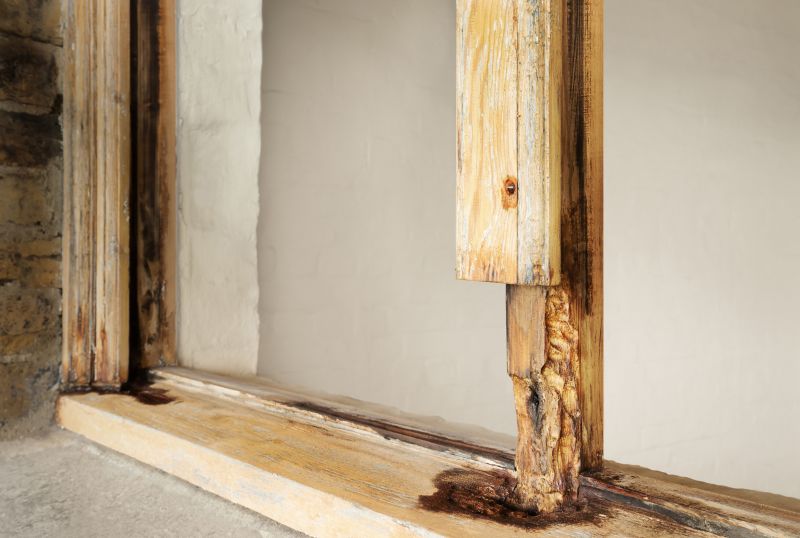
Simple add-ons that improve Wood Rot Repairs without blowing the budget.
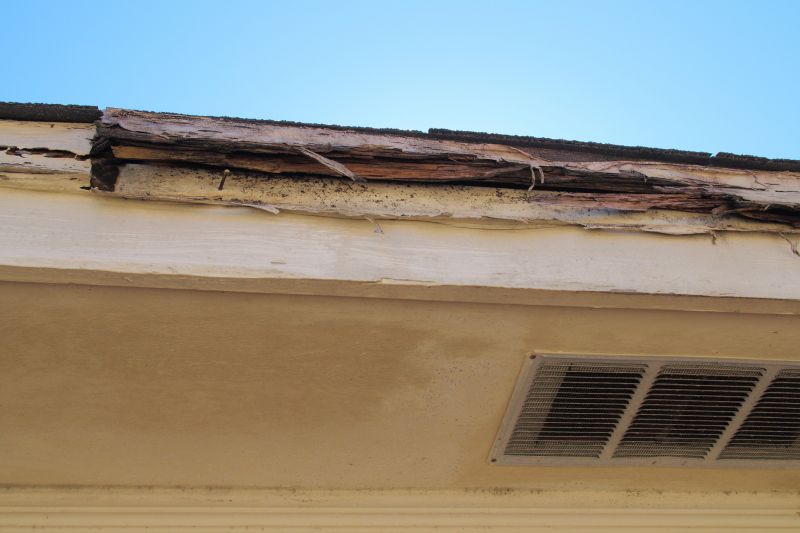
High-end options that actually feel worth it for Wood Rot Repairs.
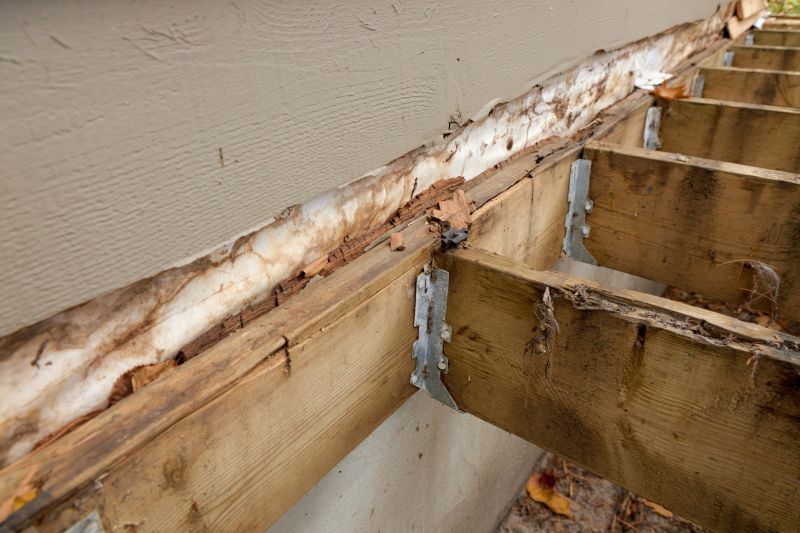
Finishes and colors that play nicely with Wood Rot Repairs.
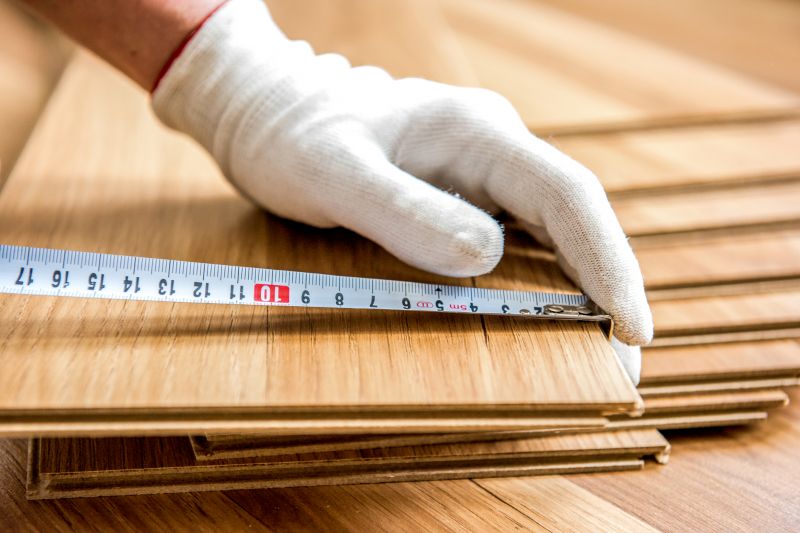
Little measurements that prevent headaches on Wood Rot Repairs day.
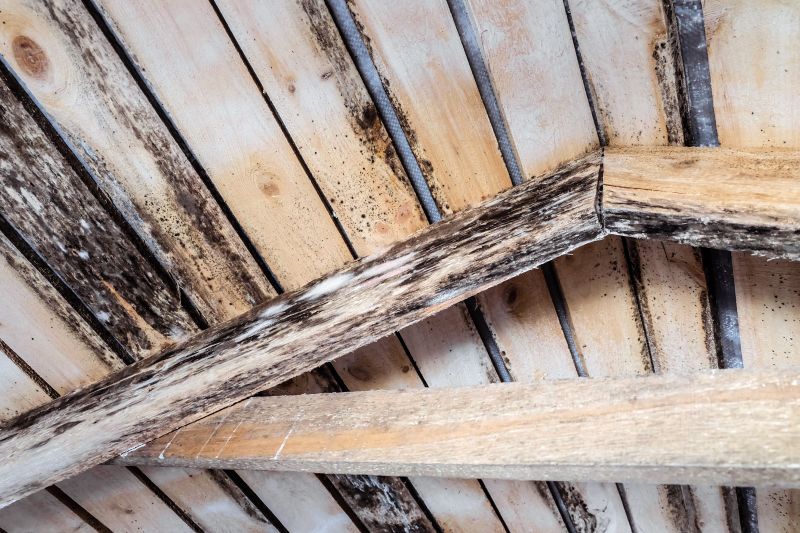
A 60-second routine that keeps Wood Rot Repairs looking new.

A frequent mistake in Wood Rot Repairs and how to dodge it.
Interested in addressing wood rot before it worsens? Filling out the contact form can connect potential clients with professional repair services to ensure effective and timely restoration of wooden structures.



